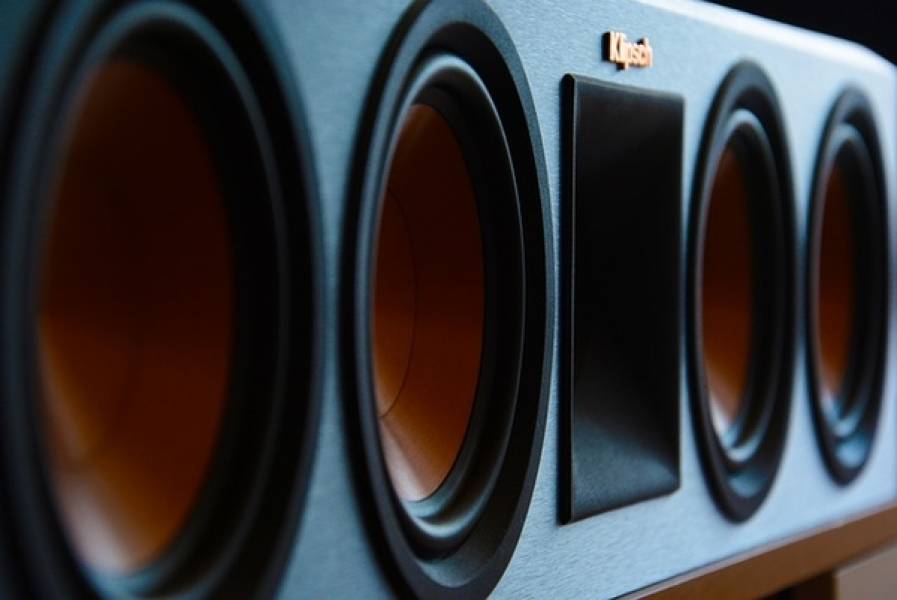
Sound is in everything around us. Having the ability to hear the birds singing, gushing waterfalls, playful puppies yapping, or trees swaying in the wind is a beautiful gift. But, what is sound?
Sound is the result of vibrations traveling through the air or some other medium, and they can be heard upon reaching a person's or animal's ear. Sounds simple, right? If you have ever wondered about the process of hearing, you would probably realize that it's not. In fact, it is pretty complex. In the past, we explored the journey of music to the brain, so it is possible you already have an idea. This time, we are covering the broader topic of how the human brain processes sound.
Sound can be produced by anything that is made to vibrate. This vibration is what disrupts the air molecules around it, bumping into other molecules close by and causing them to vibrate as well. How loud a sound is produced depends on the intensity with which the sound waves are made to vibrate (and the resonator). The pitch of the sound, on the other hand, is dependent on the frequency, which is determined by the thickness and length of the sound producer.
Have you ever noticed how a siren sounds different when it’s further away than when it’s up close? This happens because sound takes some time to travel from one point to the next. The frequency of the siren is lower when it’s further from you and becomes higher as it moves closer.
Humans use a variety of cues to hear where a sound is coming from. The cues help us to identify which ear the sound hits first (interaural time differences) or how loud the sound is when it reaches each ear (interaural intensity differences).
When a sound is produced, before we hear it, the sound waves pass through the outer ear and makes its way to the eardrum through the narrow passages of the ear canal. The waves hit the eardrum causing a vibration, which is then sent to the tiny bones in the middle ear called the malleus, incus, and stapes.
These bones then amplify the sound waves while sending them to the cochlea in the inner ear, which is filled with fluid. As soon as the sound waves hit the cochlea, the fluid ripples and sends signals to the brain after traveling along the Basilar membrane. As the hairs of the membrane vibrate, they create chemicals that rush into the cells, creating neural signals. These electrical signals are carried through the auditory nerve to the brain, which then interprets the sound.
While the ears are responsible for receiving sound from the environment, the brain turns it into a sound that we recognize and understand. How? Through the auditory cortex. This is an area in the brain that is designated for processing information we receive through our ears. Whether it is speech, howling wind, or a cell phone ringing, the auditory cortex allows us to understand and identify the sound waves carried to the brain via auditory nerves.
These are the normal circumstances of hearing the sound around us. Of course, complications in any area of the ears or auditory cortex can affect how we hear or interpret sounds. But all things being equal, it is undeniable that the way sound waves interact with the environment around us and within the human brain is pretty fascinating.
OUR PROFESSIONAL SESSION MUSICIANS WILL PROVIDE THE RIGHT SOUND FOR YOUR SONGS AND DEMOS. TUNEDLY HELPS MAKE CHART-TOPPING SINGLES AND YOUTUBE HITS.




